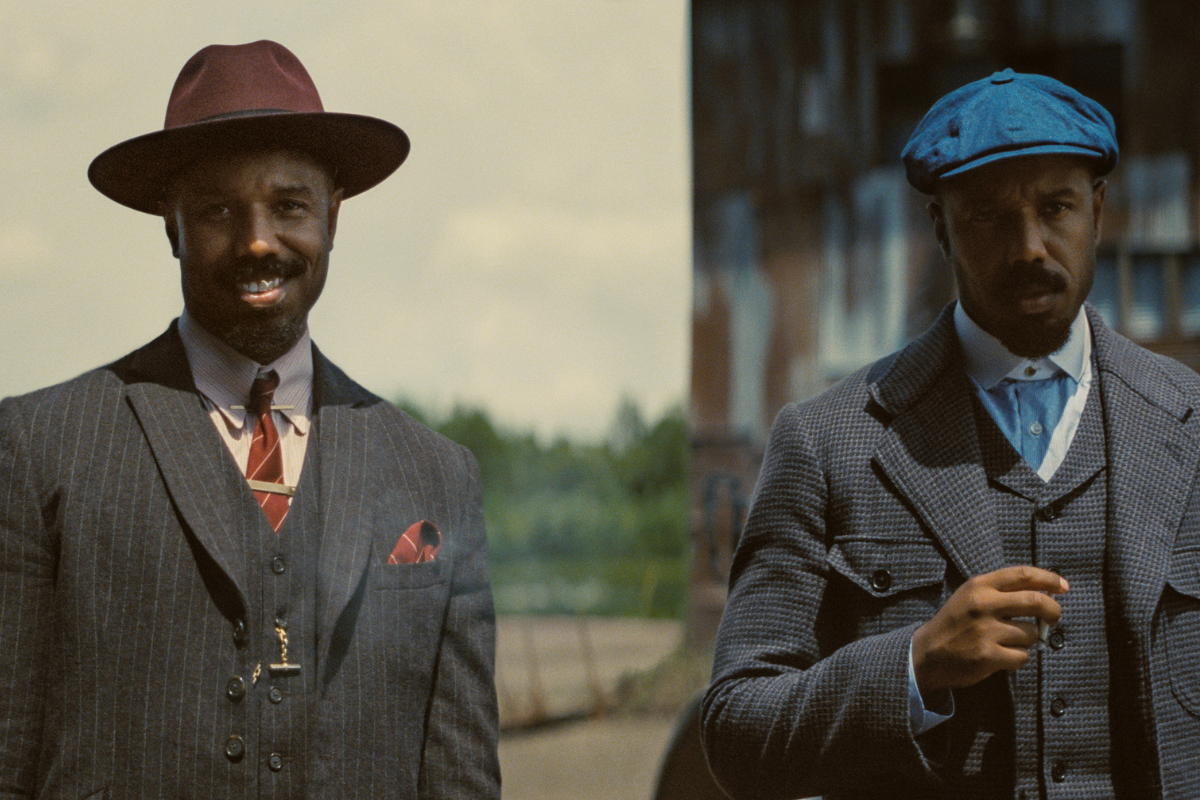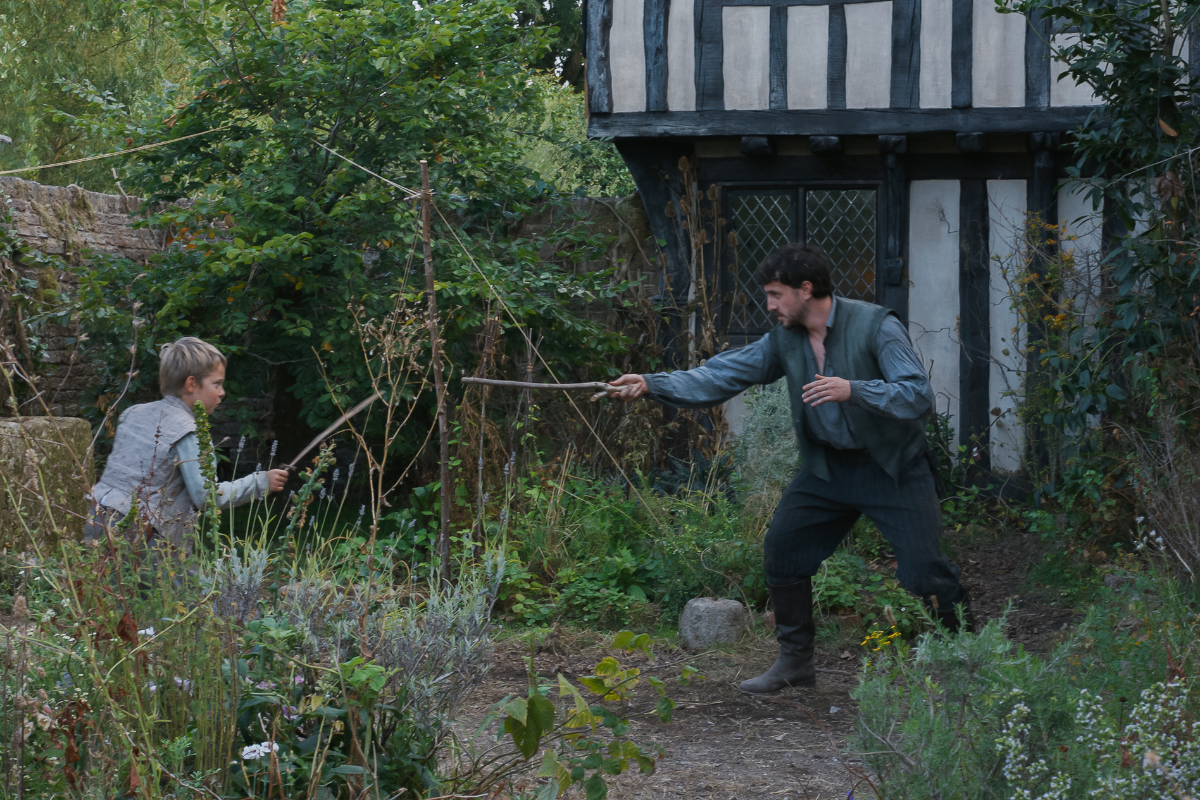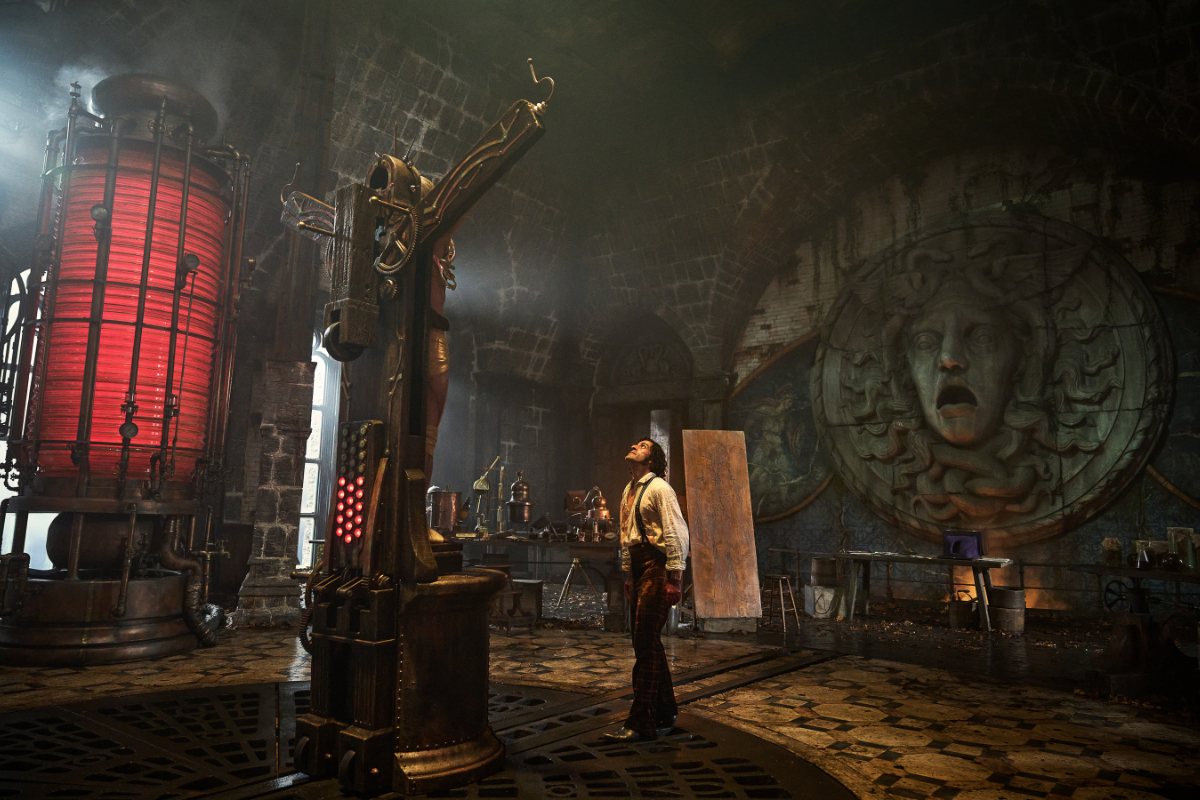Giving Fair Notes on a Draft When the Genre Really Isn’t Your Jam
How do you approach the material with enough objectivity to give it a fair review?
Chances are you’ve experienced this situation… You’re handed a rough draft of something to read, asked to provide a constructive critique, and when you sit down to start the work, you realize that the story is in a genre that you’re just not particularly fond of. For instance, maybe you love realistic, grounded biopics, but you’ve been handed an epic fantasy project in a sprawling, made-up world. Or perhaps horror content makes you squirm, and a gory slasher script lands in your lap. What then? How do you approach the material with enough objectivity to give it a fair review?
While there’s nothing wrong with having a personal preference for one type of story versus another, there’s real value in acknowledging these preferences and making a point to look past them. No one wants to work with a reader who comes to the assignment feeling resistance towards the text before they’ve even turned past the title page. Instead, it’s the professionals who approach the work in a spirit of service, doing everything they possibly can to help a developing story become the very best it can be, who win the respect (and repeat business) of their clients.
To be clear: a reader doesn’t have to fall in love with every story they encounter. But they should be able and willing to dive into all the glorious details of the material that crosses their desk, avoiding the temptation to skim over it or push back with scant notes simply because their artistic tastes swing in a different direction.
Conversely, there’s another side to this subject that ought to be considered: if a reader holds a bias, not against, but unreservedly for a particular genre, how should that be handled? How do you make sure your enthusiasm for the genre as a whole doesn't overshadow the way you read the specific script on your desk? There’s little business sense in looking at a project in such a forgiving light that it ceases to become polished or truly refined.
In either case, decidedly pro or con, the need is to operate with greater objectivity. Thankfully, there are a variety of resources and tricks available to assist story analysts of all persuasions, most of which can be boiled down into 3 thought-provoking questions.
What are some fan favorites in this genre, and what made them great?
For starters, a reader should get their hands on comparable scripts (and/or books) that fall under the same category. But not just any comparable titles will do. It’s important to find content that was well received, meaning it was either critically acclaimed, made lots of money, won coveted awards, or some combination of the three.
And gaining familiarity with these titles means more than simply scanning summaries of the comps on IMDb or Google. Having the actual text at one’s fingertips allows the analyst to gain a stronger sense of what well-crafted pages, scenes, descriptions, etc., look like in that particular segment of the market. By seeing the raw blueprint for a produced title, it also gives the reader a fuller, more concrete understanding of what worked for individual projects on a case by case basis, and why it worked. This then arms the reader with an expanded vocabulary with which they can speak to the rough draft that’s under review.
It’s also important to point out—particularly for those who are unabashed fans of the genre—that watching comparable films and TV shows is not the same as reading the scripts (or books from which the project was adapted). There’s a difference between the original text vs. how it came alive in a visual medium, but for hardcore fans, that line can become quite hazy or disappear altogether. For instance, does the individual love a certain movie because of the lines a character says, or more because of the way a great actor delivered those lines? Making the effort to exclude any thoughts about how the content was filmed for the camera, and instead getting a more accurate perspective on what was inherently in the story’s textual footprint, will be more beneficial to the client when assessing their pages.
There’s also an advantage to simply consuming a wider variety of content in one’s spare time. The more films, TV shows, and books a person engages with, the more insight they will have into what’s happening in niche spaces. If anything, the individual will learn more about the commonalities that exist in stories that hail from the same genre. Which brings us to the next question…
What have audiences come to expect from stories in this genre?
Being really clear on audience expectations is key. If a narrative doesn’t include the tell-tale plot beats, visual elements, and/or character interactions that the genre promises to deliver, they’ll be severely disappointed. Therefore, it’s wise to take a couple of minutes to scribble out a list of the different components that typically appear in that category.
For example, romcoms typically start with a “meet cute” between two people, then they eventually bond and fall for each other, only to break up or fight after something goes wrong, followed by time spent apart where the characters are mopey and lonely, but after a grand, romantic gesture the couple is reunited, and the ending is sealed with a kiss.
A murder mystery, on the other hand, requires none of those elements. Instead, it would commonly include ingredients like: a dead body found in the first act, a discerning detective with an eye for detail, a slew of suspects who are each strange and untrustworthy in their own, unique way, a bread crumb trail of clues, a big speech by the detective once he or she has determined who the killer is, and a surprise when it’s finally revealed whodunit.
Only after the story analyst has identified these kinds of non-negotiables for the genre, can they then offer up critique on a rough draft that aids the scribe in such a way that they avoid disappointing their audience. This is a goal that both the reader and the writer share, so leaning into this shared value can become the foundation of a fruitful collaboration.
But what if, on the off chance, a reader feels out of their depth in determining audience expectations for a certain market? (I, for one, will be the first to admit that I don’t read or watch a lot of horror, so that space tends to be a bit of a blank for me.) In that case, going directly to the target audience can be very informative. Take the initiative to ask five different friends what they would expect to see, hear, or feel in stories that fit that category, and there will be similarities in their answers. Jot those similarities down, and use that as a reference point when completing coverage on an assignment.
What are the signs of a strong writing craft, regardless of genre?
As a saving grace, an analyst can always go back to the genre-agnostic aspects of storytelling that need to be present, no matter what kind of narrative is being told. Consider that in all great fiction, the characters’ actions are properly and authentically motivated. The obstacles in their path continue to escalate. The descriptions on the page are perfectly clear. The overall story serves to educate or entertain its audience, rather than diminish.
These kinds of benchmarks are the gold standards that a reader can shepherd their clients towards, again and again. Driving these lessons home for the wordsmith will forever be a worthy and meaningful critique.
The great thing about these three questions is that they allow the reader to examine the work-in-progress in front of them by leading with logic, rather than pure emotion. It’s a mental shift that takes personal bias out of the equation—something immensely appreciated by clients and colleagues.
Think of it like a game of cards. If the rules of the game state that a player wins by getting a royal flush in their hand, they’ll need an ace, king, queen, jack, and a ten all in the same suit. It frankly doesn’t matter whether the individual decides to play in spades, hearts, clubs, or diamonds. The point is, they know what to look for, what cards they can toss, and what cards they need to keep. The same approach is true for reviewing the contents of a story. Once the analyst understands what to look for, then it’s clear how to move forward with the task at hand.
Moreover, I’ll wrap up with this one last bit of encouragement for readers to carry in their mental pocket. Even if a story analyst doesn’t fall in love with the script they’ve been dealt, they can always revel in the love of their work: providing clear, constructive, actionable feedback to the writer, aiding them in their quest to make powerful art that sings.
H. S. Fishbrook is a freelance writer and story analyst from LA who finds great joy in fostering stories that elevate thought, for both film and print. Her experience includes studying abroad at The Shakespeare Birthplace Trust in Stratford-upon-Avon and the Globe Theatre in London, which quickly fanned the flames of her love for dramatic storytelling. As a story analyst her biggest client to date is Amazon Studios, but she also enjoys supporting writers 1-on-1. To learn more about her and her work as a creative writing consultant for screenwriters and novelists, visit HSFishbrook.com.







